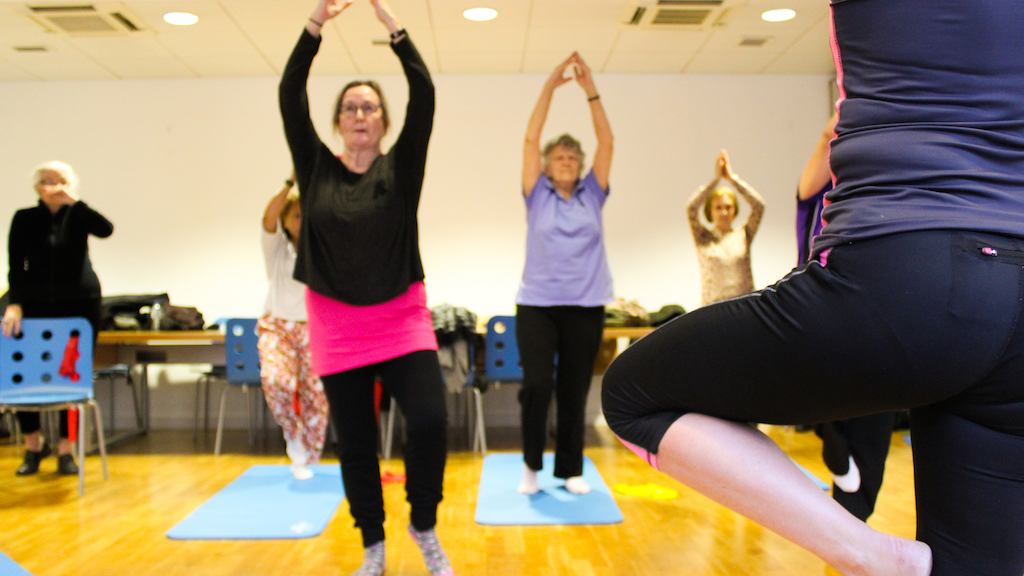Is ageing a disease? And if so, is there a cure? These are not new questions, but they are being asked more and more frequently. This is part of a broader, and necessary, conversation about our longer lives and how to make the most of them. But the hunt for a ‘cure for ageing’ risks distracting us from the more everyday – but no less miraculous – things we can do to improve later life for everyone.
Ill-health and disability are not inevitable consequences of growing older, and chronological age often tells us very little about someone’s health or fitness. The factors that affect our health as we age are complex, including genetics, lifestyle, and environmental factors. From around the age of 30, a process called ‘senescence’ begins, which is the biological process of ageing: our organs and cells begin to wear out. This happens to all of us, but not at the same rate. Part of this process is the shortening of telomeres – the end sections of our DNA. This shortening is one of the biological pathways towards disease, and telomere length is a predictor of overall mortality. But this process isn’t entirely outside our control. Factors like pollution, smoking, poor diet, alcohol, stress and poor sleep quality are all associated with telomere shortening.
Some recent studies have suggested that the effects of senescence can be reversed through medical intervention – and not surprisingly, this possibility has become the focus for a great deal of investment and research. Some innovations promise to lengthen our lives by slowing the ageing process itself, rather than fighting individual diseases. The hunt for a ‘cure’ for ageing has been spurred on by the recent inclusion of ‘old age’ as a condition in the World Health Organisation’s International Classification of Diseases – meaning it can be legitimately treated by doctors (and reimbursed by health insurers). As a result, medicines designed to slow the process of ageing could be used in clinical care – potentially providing a huge boost to the profits of the companies producing them.



